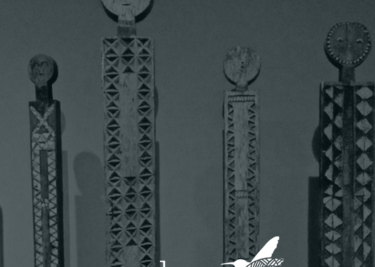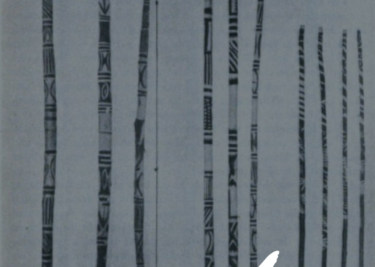Teso Death Rites
Among the Teso, death was not the end of a person per se, it was just the end of life in a physical body. Separation of the spirit from the body after death was very important and as such, there were rituals practiced to ensure this final release. When someone passed away, the family first cleared the deceased’s possessions from the house and put it at the centre of the compound. Next, the deceased’s body was cleaned. The lips were tied together using a piece of string as were the legs. The body was then dressed in animal skins, and only after this could mourning begin. If all this was done properly, then the spirit (eparait) and body were still connected and the deceased would not haunt members of that homestead.
The bereaved were known to scream – this was the way they mourned the loss of their loved one. Everyone in the village came to pay their respects the day of the loss and at night, a fire was lit in order for the deceased’s belongings to be burnt. Once all the possessions were destroyed, the spirit was freed from its link to the physical world and could detach from the body peacefully.
The next day, a grave was dug and the body lowered into it. To remember the gravesite, large stones were placed on top. Marking this location came in handy when practicing the post-burial rituals. Every year for fourteen years, the gravesite was cleared of bushes by the deceased’s family. The first food harvests were always lain on this grave and libation of ajon (millet-brewed beer) was poured here during ceremonies. In return, the spirit of the departed watched over the family and brought them good fortunes.
On the fifteenth year, ekutet (the final death ritual) was carried out to ascend the spirit to ancestral status. The bones were exhumed from the grave and to their final resting place in a sacred forest under a sycamore tree. The people digging out the remains transferred them to the tree, maintaining silence to keep from opening themselves up to the spirit. Thereafter, final prayers were offered by the deceased’s children and the bones were covered with leaves. This was the deceased’s final resting place.




2 Comments
Quite Interesting. I don’t agree with the comment about burning of the deceased’s property.
Hello, thank you for your feedback. Why do you disagree with that?